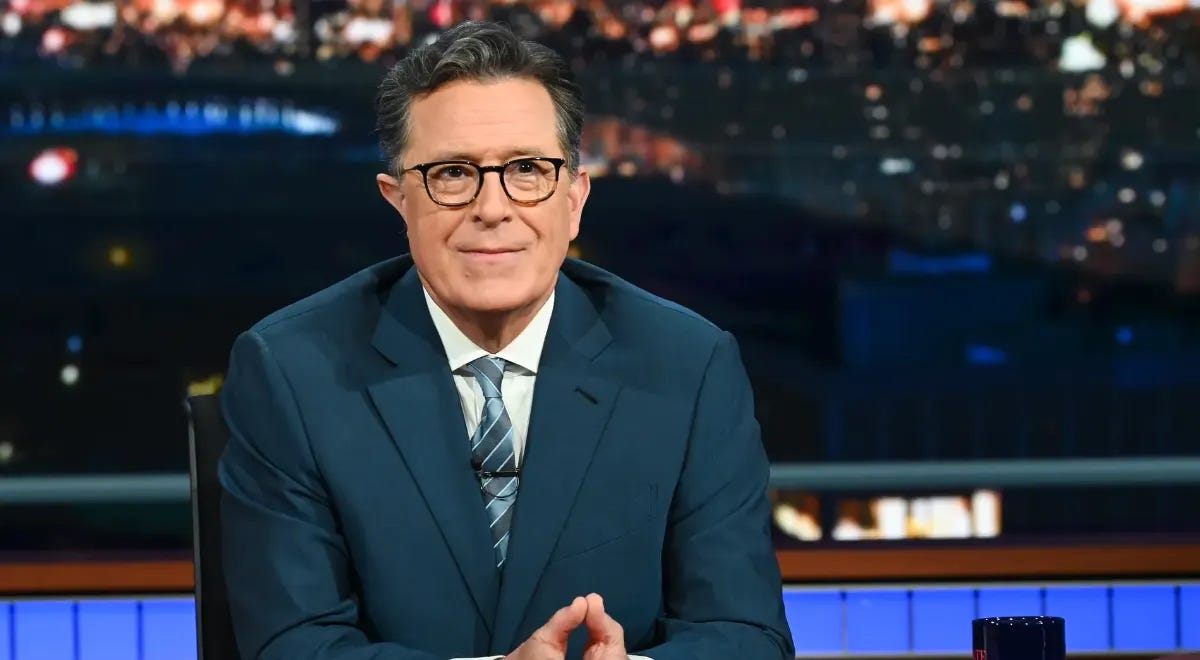Why Paramount kept "South Park," but not "The Late Show"
For Paramount CEO David Ellison, South Park proved its value as evergreen comedy in a way that Stephen Colbert's Late Show did not.
Over the past two days, Paramount has launched a media charm offensive. Executives held invite-only briefings with trade outlets and granted candid one-on-one interviews, including with new CEO David Ellison. The goal was simple: repair goodwill with the press after a bruising merger p…



